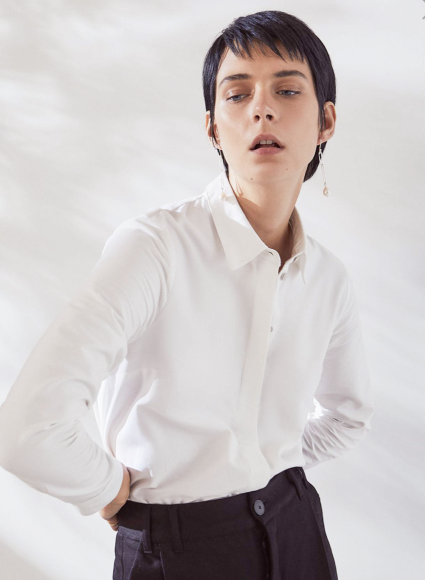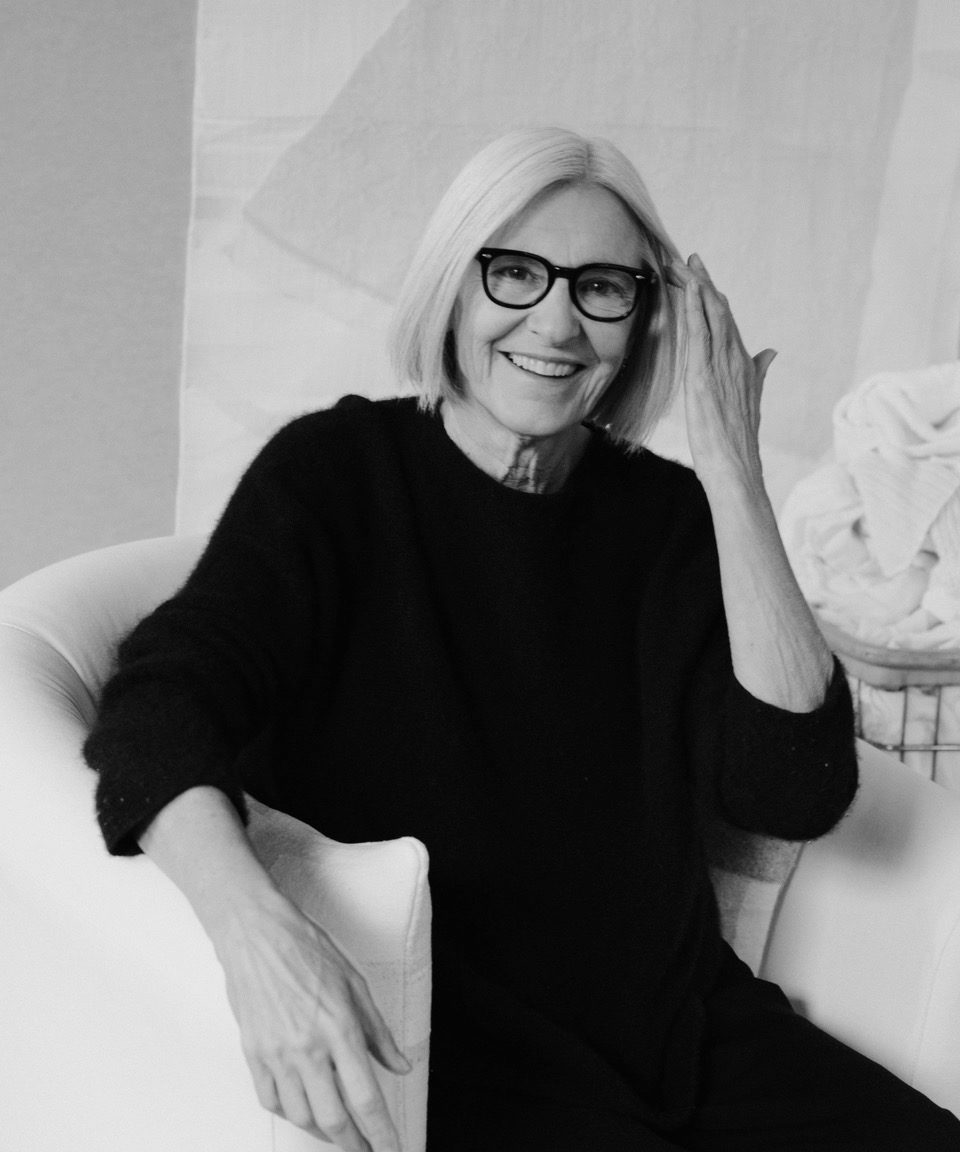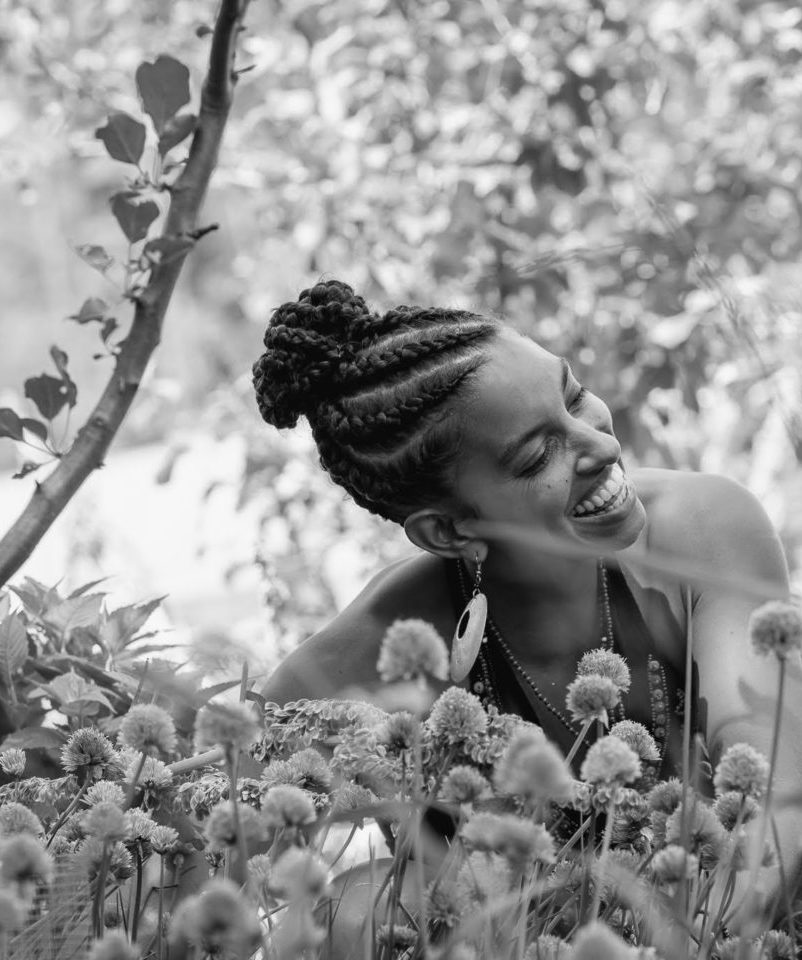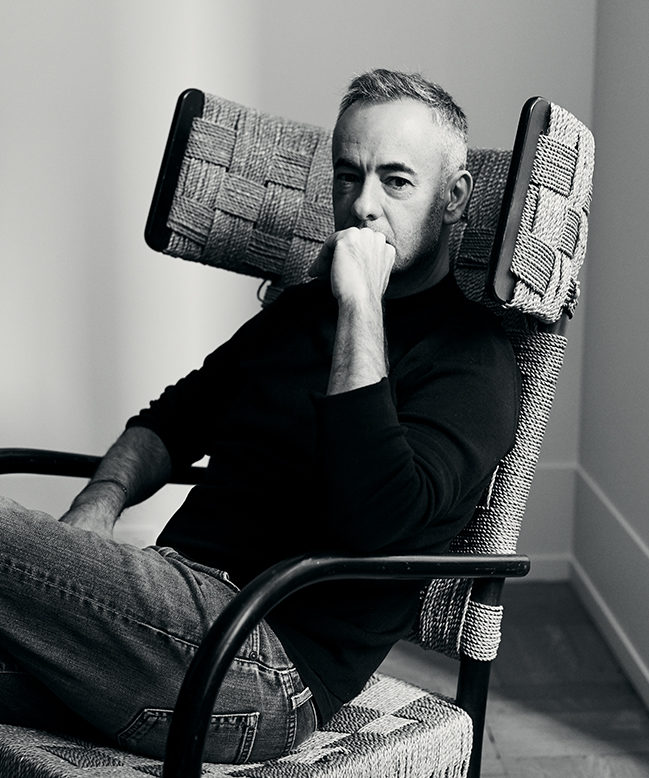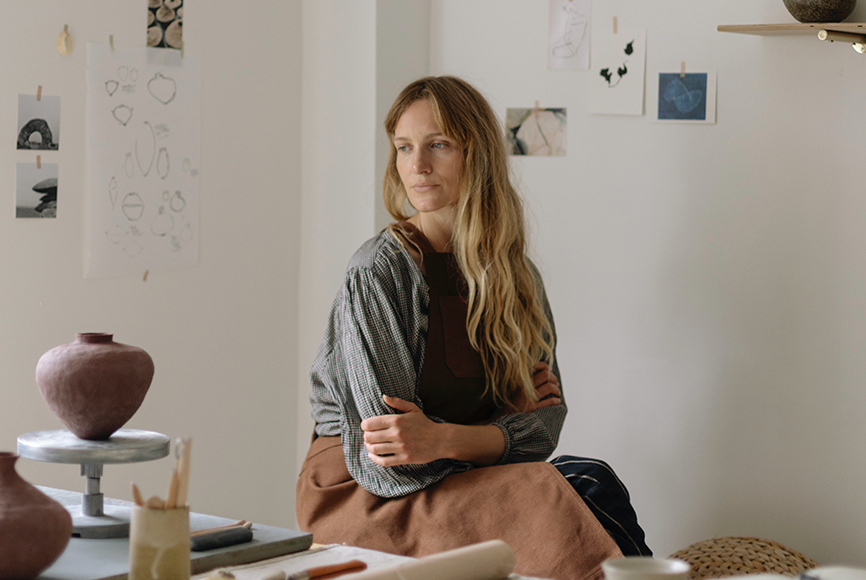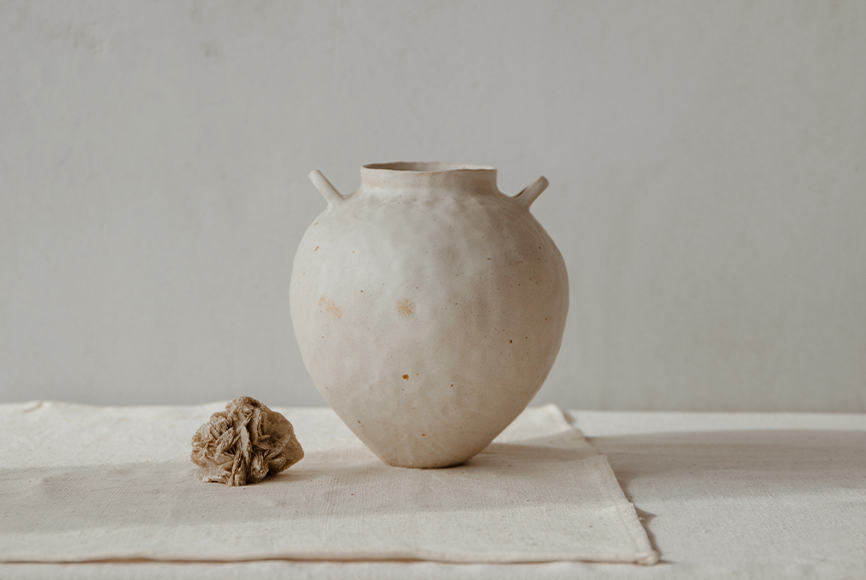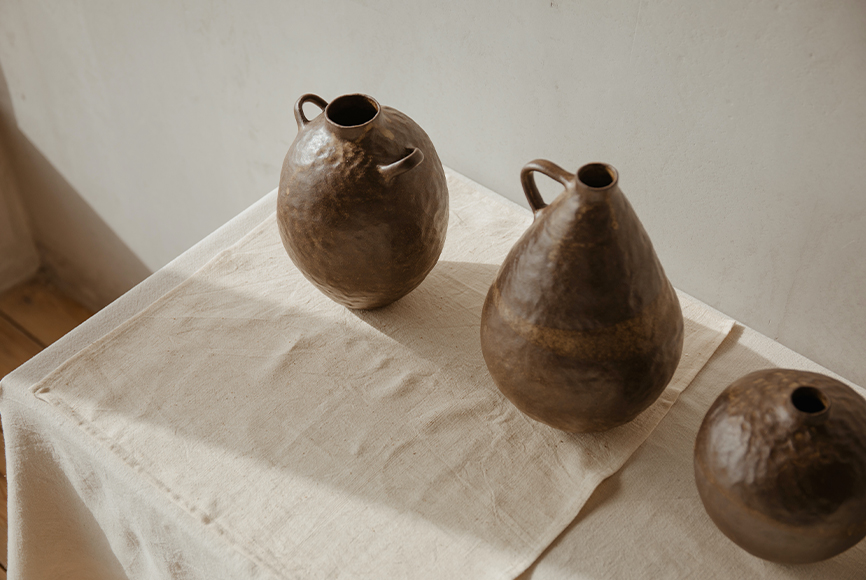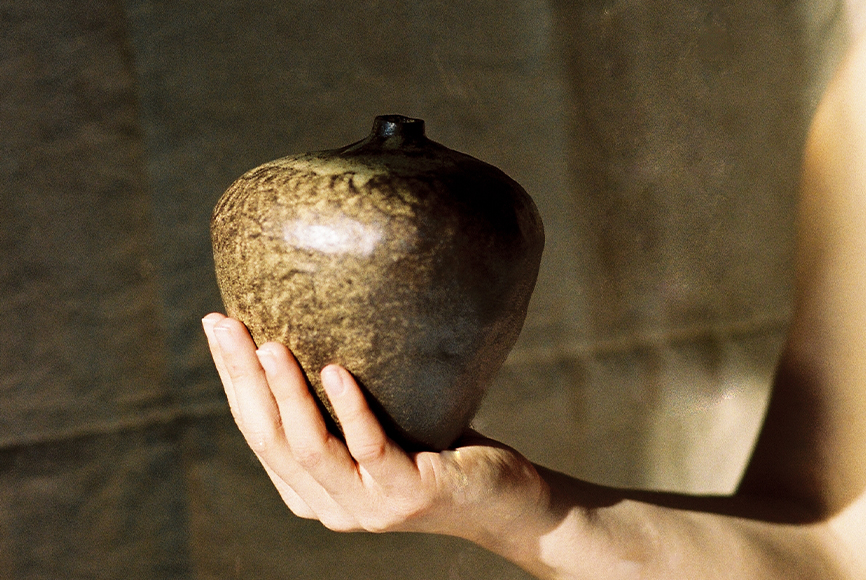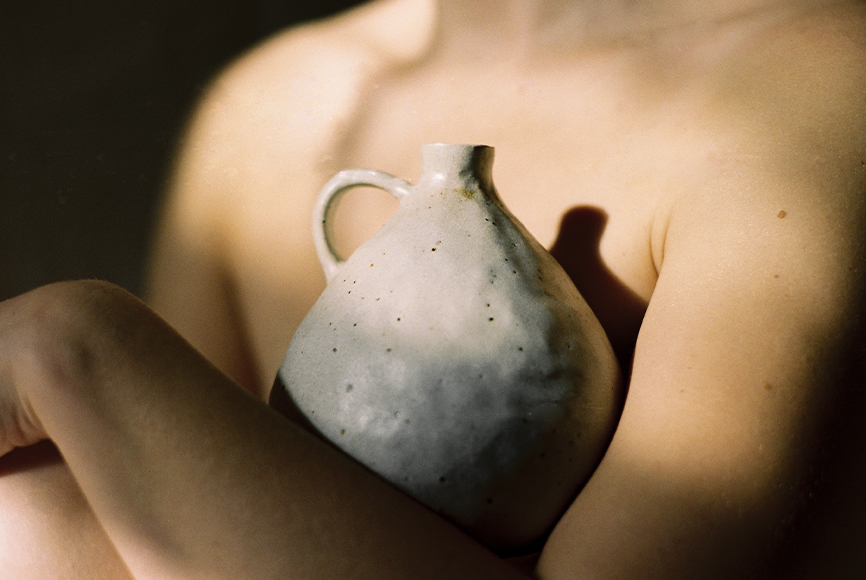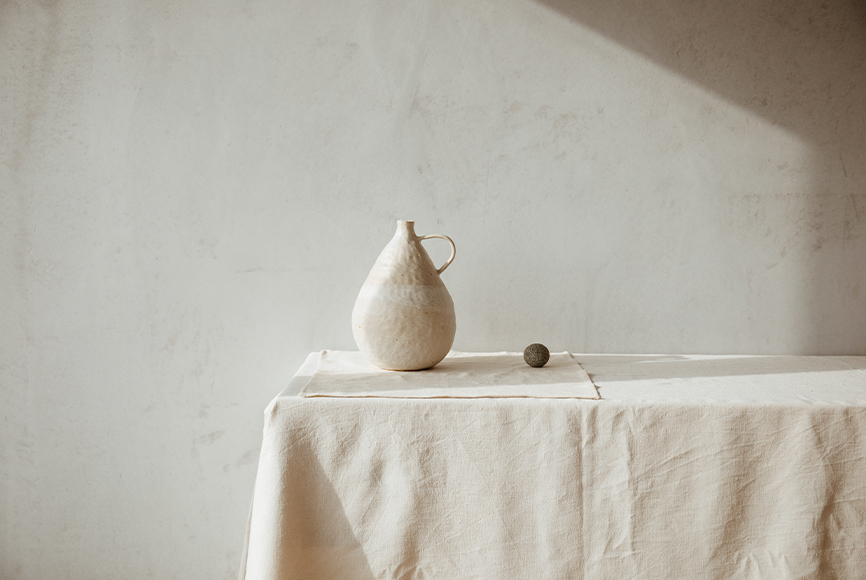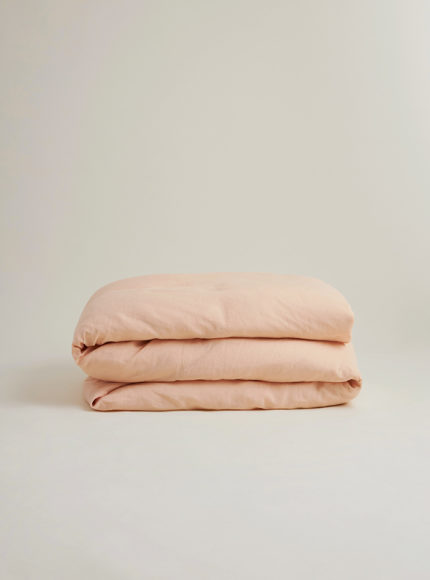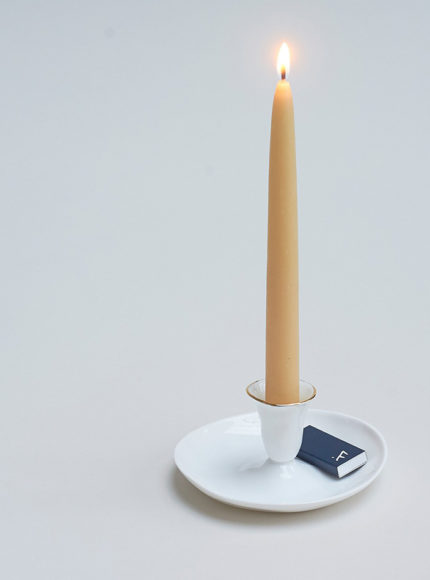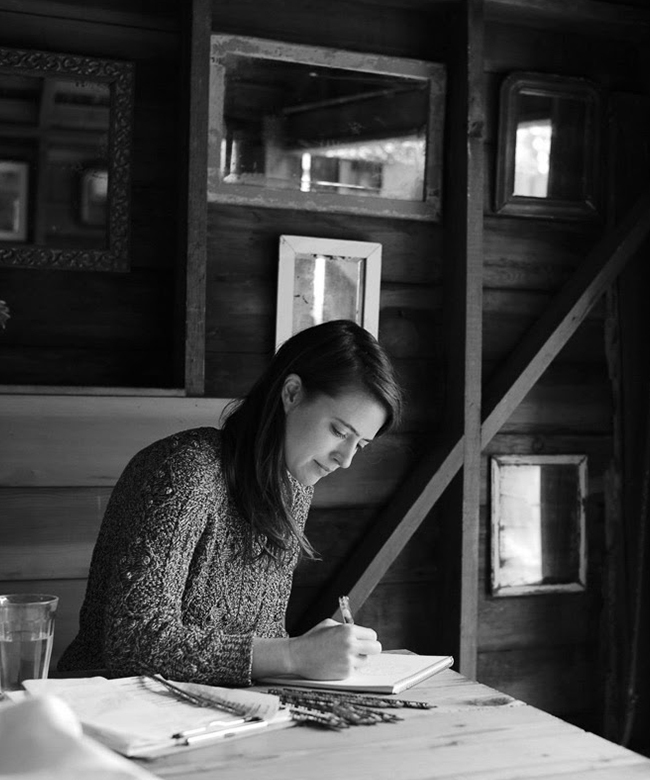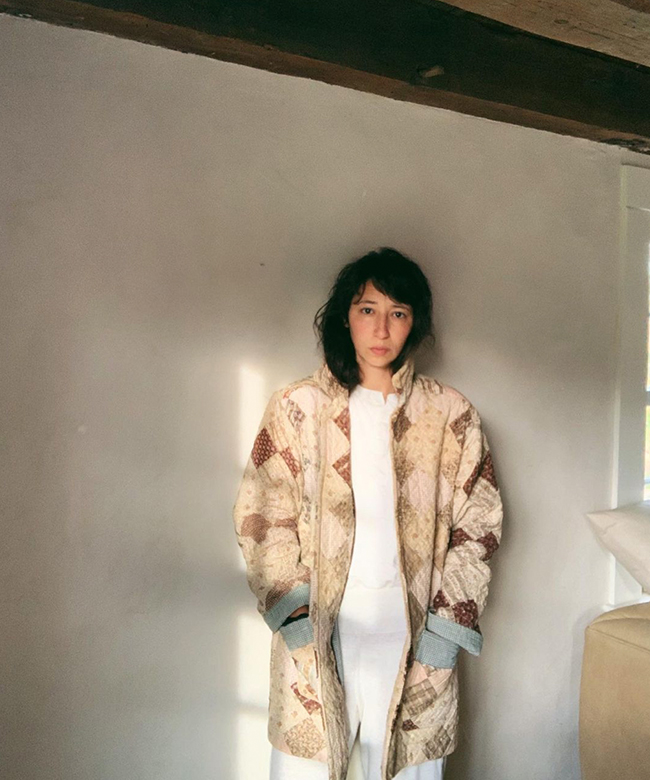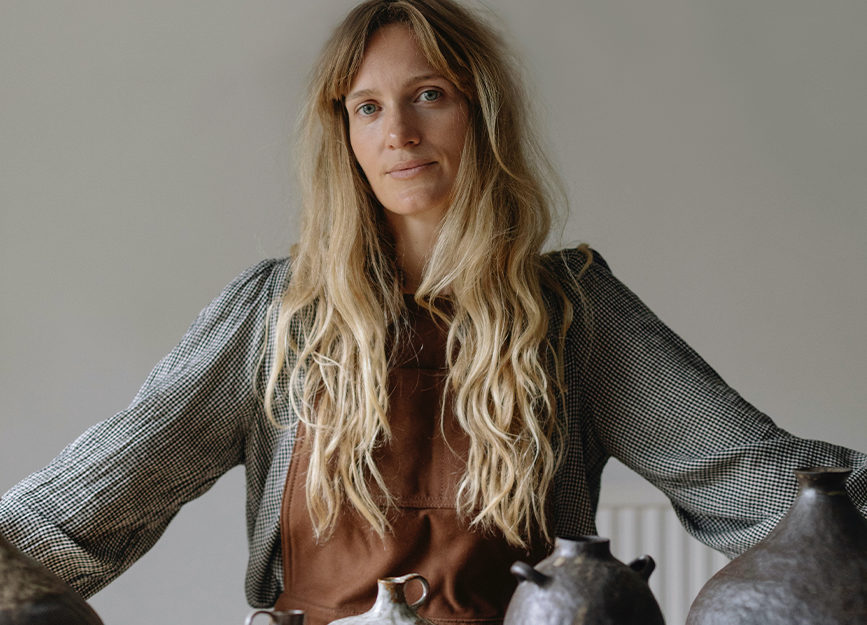

@mariabellphoto
@toro_studio
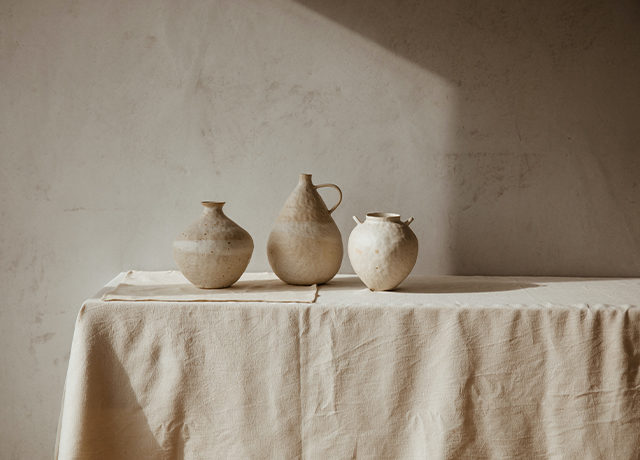

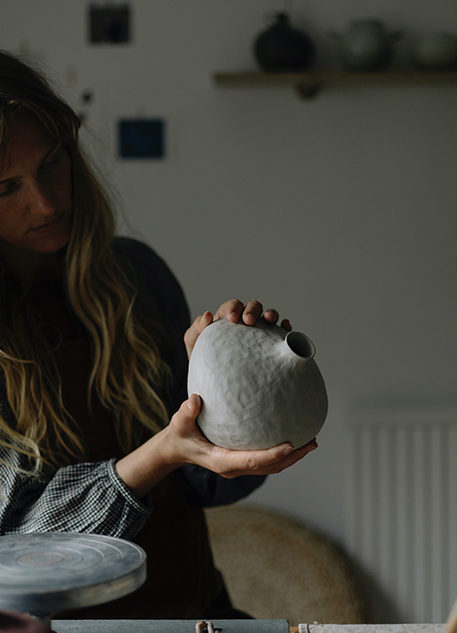

@mariabellphoto
Lifestyle
Slow Living with Tor Harrison of Toro Studio Ceramics
Tor Harrison is a British artist specialising in hand built ceramics. Drawn to the slow, repetitive and meditative qualities of traditional techniques such as pinch and coiling, vessels are gently sculpted into shape, embodying the rhythm, energy and marks of the maker. She creates a limited number of pieces a year from her riverside studio in Cornwall and hopes to capture something timeless and a little other worldly in her work.
Studio imagery by @mariabellphoto.
“Objects can make us feel home, safe, inspired, connected to others, connected to something bigger. Humans give meaning to things and this fascinates me, especially with those objects made so directly by another human being.”
Tor Harrison
First of all, can you tell us about your goals for 2022 when it comes to living a slower lifestyle?
I feel like I am still gently unfurling this winter and I have tried to shift my focus and energy towards being rather than doing. It’s so easy to become a slave to our to-do lists and have unrealistic expectations of productivity, but this year I hope to be able to spend more time day dreaming, wandering and relaxing – trusting that these things are just as important to fuel and nourish us.
Can you tell us a bit about what inspired you to create Toro Studio?
I am generally a very curious person and want to explore different parts of my creativity. I have never followed one career path in life and so a studio for me is a safe space that allows me to be creative in any way I want. It feels like an ever evolving platform that is both deeply individual and part of a greater creative community.
How does the name of the company reflect your own values when it comes to items of the home?
Toro is the Italian for Taurus which is my sun sign. I am also called Tor and so the name of my studio is about me as an individual but also about something more sublime and universal. In gently referencing the constellation and zodiac I am reminded of the greater natural cycles that we are all part of and a slower, more elemental pace.
What does the idea of “slow made” ceramics mean to you?
All of my pieces are created using hand building techniques such as pinch and coiling, they are not thrown on a pottery wheel. This inevitably means that the process of shaping and building is much slower. For me, this pace allows me to find a meditative flow state and a rhythm that calms my nervous system and allows my mind to wander. I hope that this slow rhythm also resonates within the finished piece.
What are the traditional techniques you use in your sculptures and how do you look to more artisanal and time honoured methods to do things consciously?
I mostly use pinch and coiling techniques to slowly build up shapes. There is something very primal about working with clay, especially with very limited equipment, just your hands and this incredible substance from the earth. There is a kind of limitless future potential and a deep connection to the past.
How does the process of making things by hand help you to create a more sustainable business model?
I am interested in the idea of how to grow a business holistically. I can physically only make a certain number of pieces a year, and I want to prioritise other values beyond profit. Thinking about growth in a meaningful way for me involves thinking about interconnectivity, outreach, mutual support and community. Working in Cornwall helps me think about these things in a direct way as there are some inherent challenges of living in a remote, rural place. I am also grateful to be surrounded by some incredibly conscious, compassionate business owners here and it feels like together we can challenge each other and hold ourselves to higher standards.
“Though not without its challenges the salt and granite are in my bones. I love the elemental proximity to the edges of a land mass and those liminal spaces created by moving tides and eroding material. You can tap into different energies as you move around the coast, from ancient moorland with granite sculptures to pine fringed green rivers.”
How did you make the decision to produce only a limited number of pieces per year?
It was quite a simple decision dictated by the fact that I only have one pair of hands! Between collections I find it’s essential to take time away from the studio to reflect on the work I’ve just produced or sit with it for a while and just absorb it. I also try to take the space to get re-inspired before starting to make anything else, this could be anything from changing my headspace by reading, walking or having creative conversations. It takes a fairly considerable amount of time to handbuild even a small collection of pieces. The vessels themselves take days to shape, they often need weeks to dry out and everything has two firings in the kiln. Each process cannot be rushed and it’s a constant reminder for me to practice patience and slow down.
You say on your site that “objects hold spiritual weight” – can you speak a bit to this?
I’ve always been drawn to material things, objects that I have in my spaces that make me feel good. The most special of these things are the first to be unpacked when I move house and have over the years become imbued with qualities that are beyond the aesthetic. Objects can make us feel home, safe, inspired, connected to others, connected to something bigger. Humans give meaning to things and this fascinates me, especially with those objects made so directly by another human being.
What is your most used home item?
It’s probably a hand carved wooden spoon given to me by someone special, so worn over the years with use it has only enhanced its character.
And you also do beautiful photography – how do you like to represent your idea of ethical living in that part of your work?
I shoot on 35mm film which has a similar slow methodology and effect on me as working with clay. Every element of the process requires time, nothing is immediate and I love this aspect in an age where we can have everything we want at the touch of a button. For me each frame becomes a little more considered and sacred.
How do you find living in beautiful Cornwall affects your connection to nature and slow living?
I feel incredibly grateful to have grown up in this humbling landscape and to now choose it as a place to live and work. Though not without its challenges the salt and granite are in my bones. I love the elemental proximity to the edges of a land mass and those liminal spaces created by moving tides and eroding material. You can tap into different energies as you move around the coast, from ancient moorland with granite sculptures to pine fringed green rivers. I feel more in tune with my own natural cycles here and part of a greater system of continual flux and flow. It’s hard to not feel the effects of big energetic full moons and heavy spring tides and I do try to honour these cycles within the ebb and flow of my own life and creativity.
Do you have any rituals you perform for natural stress relief?
When I start the day by entering the sea and feel the weightlessness of being in water there is an indescribable sense of calm and connection that underpins the day. Even on the coldest January days, there is a feeling of being nourished.
As we enter 2022 with a hope that people will begin to embrace slower ways of living, can you give us all one tip for how to embrace a slower style of life?
I think the way we start our days can have a profound effect on how we feel for the rest of the day and how we react or respond to the people around us. Not everyone can swim in the sea but to start each day with something intentional and beneficial to your soul can be incredibly grounding; whether it’s journaling, breathwork or just simply taking time to make a beautiful cup of coffee.
Words from Tor Harrison @toro_studio @tor_harrison












